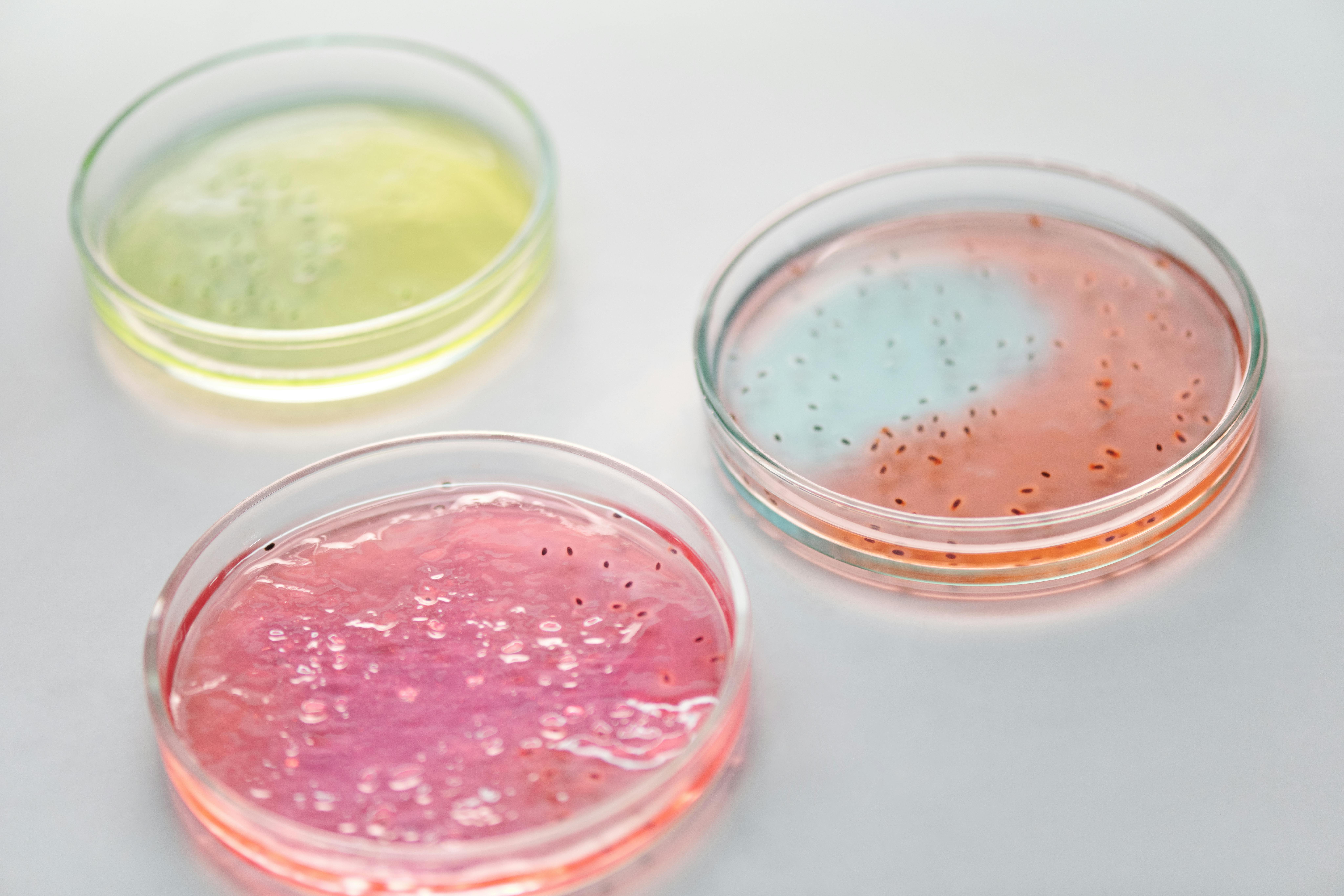Your Gut’s Secret War: The Unseen Battles That Shape Your Health
Most of us think of our gut as a simple conveyor belt for food. But beneath the surface, it’s a bustling city of trillions of microscopic residents, a complex ecosystem where alliances are formed and rivalries play out. When this delicate balance is disrupted, common gut bacteria like E. coli or Klebsiella pneumoniae – part of a group called Enterobacteriaceae – can overgrow. These aren’t just minor irritants; at high levels, they can spark serious, even life-threatening infections, making them a major player in the world of opportunistic illnesses. As antibiotic resistance becomes an increasing concern, figuring out how to stop these infections before they even start is more vital than ever.
Groundbreaking new research, fueled by artificial intelligence and a vast global study of over 12,000 human gut samples, reveals a surprising truth: not all gut bacteria are locked in fierce competition. In fact, some seemingly harmless bacteria might actually be clearing the path for the very pathogens we want to keep in check. This discovery challenges earlier ideas from animal studies, highlighting the intricate role your gut’s unique environment plays in whether these dangerous bacteria settle in or are kept under control. The study found a distinct “microbiome signature” that can predict someone’s likelihood of Enterobacteriaceae colonization, a pattern that holds true across diverse health conditions and locations worldwide. This means your gut – and how you support it – could be your strongest defense against these invaders, opening new doors for prevention beyond just antibiotics.
Decoding the Gut: How Scientists Mapped a Microbial World
To peel back the layers of complexity in the human gut, researchers embarked on an ambitious global undertaking. They gathered and analyzed 12,238 gut samples from 65 studies across 45 countries, creating an unprecedented global picture of the human gut microbiome. Most of these samples (67.6%) came from adults, and a significant portion (62.2%) were from healthy individuals. This massive dataset allowed them to see general trends across different populations.
Using advanced computing and AI, the team essentially read the entire genetic instruction manual for all the tiny life forms in these guts. They specifically looked for the presence and abundance of over 4,600 different microbial species, including 113 types of Enterobacteriaceae. Their powerful methods could even detect bacteria present in extremely small amounts.
The study then used sophisticated computer models to uncover patterns. These machine learning models were highly accurate in predicting whether Enterobacteriaceae were present or absent based on the other bacterial species in the sample. This consistent prediction across various health states and regions strongly suggests a universal gut “fingerprint” related to Enterobacteriaceae.
The Unexpected Allies and Adversaries in Your Gut
The deep dive into the data unveiled a fascinating dynamic: 307 bacterial species were significantly linked to Enterobacteriaceae presence. These were categorized into two main groups: 172 “co-colonizers,” found thriving alongside Enterobacteriaceae, and 135 “co-excluders,” more common when Enterobacteriaceae were absent, likely offering protection.
Among the most important co-excluders were species from the Faecalibacterium family. This is a significant finding because Faecalibacterium species, such as F. prausnitzii, are renowned for producing beneficial compounds called short-chain fatty acids (SCFAs). These SCFAs, including acetate, propionate, and butyrate, have been shown to directly hinder the growth of Enterobacteriaceae. This discovery suggests a broad protective mechanism where Faecalibacterium acts as a shield, preventing the overgrowth of potentially harmful bacteria. The study also noted that co-excluders had more genes related to iron metabolism, indicating that competing for this vital nutrient could be another way they keep Enterobacteriaceae in check. Furthermore, co-excluders produce unique molecules involved in “quorum sensing,” a form of bacterial communication. These molecules might disrupt the way Enterobacteriaceae communicate, making it harder for them to organize and flourish.
On the other side were the co-colonizers, including species like Intestinibacter, Veillonella, and Enterococcus. Surprisingly, these bacteria seem to thrive in environments where Enterobacteriaceae are also present. The research indicated that co-colonizers have greater functional variety and a closer metabolic resemblance to Enterobacteriaceae. This means they share similar dietary needs and produce similar waste products, suggesting a phenomenon called “habitat filtering.” Instead of competing, these bacteria coexist because they are functionally alike and prefer the same gut conditions. A notable example is Enterococcus faecalis, which has even been observed to boost the growth of E. coli. The study also saw higher levels of oxidized glutathione and β-alanine among co-colonizers. Oxidized glutathione may signal adaptation to higher oxygen levels, while β-alanine has been linked to inflammatory bowel conditions. These findings imply that co-colonizers create a gut environment that inadvertently supports the growth and dominance of Enterobacteriaceae.
A particularly intriguing aspect was the specific co-colonization patterns of a lesser-known species called Faecalimonas phoceensis. While other co-colonizers showed a broader association at the genus level, F. phoceensis exhibited a highly precise, strain-level link. This indicates an even more detailed level of ecological interaction within our guts than previously understood.
Empowering Your Gut: New Strategies for Health
The implications of this research are profound. It shifts our focus from merely trying to eradicate “bad” bacteria to understanding and shaping the entire gut environment. If co-colonizers and co-excluders are influenced by the gut’s metabolic conditions, then what we eat becomes incredibly important. Eating more fiber, for instance, encourages the growth of beneficial bacteria like Faecalibacterium, which in turn can help “crowd out” the less desirable Enterobacteriaceae. Conversely, the study suggests that taking probiotics that compete for the same nutrients as the “bad” bacteria might not be effective, as the research indicates that co-colonizers, which require similar nutrients, aren’t necessarily enemies.
This work highlights that your intestinal environment – heavily influenced by diet – plays a pivotal role in how susceptible you are to Enterobacteriaceae overgrowth. It suggests that future health strategies might not involve direct attacks on problematic bacteria but rather nurturing a gut environment that favors beneficial microbes and makes it difficult for harmful ones to establish themselves.
A New Chapter in Gut Health
This study represents a significant leap in our understanding of how bacteria interact within the human gut. It confirms some established beliefs, such as the protective role of short-chain fatty acid producers, but also introduces new, complex insights into how functionally similar species can coexist, unintentionally aiding potential pathogens. With the global increase in antibiotic-resistant Enterobacteriaceae, these findings offer a ray of hope: by focusing on shaping the gut environment through diet and other non-antibiotic approaches, we may be able to significantly reduce the risk of infection and improve overall human well-being. The health of your gut is not just about individual microbes, but about the entire community, and comprehending their intricate relationships is the crucial first step toward fostering a healthier you.
Paper Summary
Methodology
This study conducted a large-scale metagenomic analysis of 12,238 human gut samples from 65 studies across 45 countries. Researchers used advanced computational methods, including machine learning, to analyze the abundance of 4,612 gut microbial species, including 113 Enterobacteriaceae species. Their analysis identified species associated with the presence or absence of Enterobacteriaceae and explored their functional interactions.
Results
The study found a consistent gut microbiome signature linked to Enterobacteriaceae colonization across diverse health states and locations. They classified 172 species as “co-colonizers” (present with Enterobacteriaceae) and 135 as “co-excluders” (present without Enterobacteriaceae). Faecalibacterium species were identified as strong co-excluders, likely due to their production of short-chain fatty acids which inhibit Enterobacteriaceae. Co-excluders also showed functions related to iron metabolism and bacterial communication disruption. Co-colonizers, such as Intestinibacter, Veillonella, and Enterococcus, shared metabolic similarities with Enterobacteriaceae, suggesting co-existence due to shared environmental preferences.
Limitations
The study’s limitations include the inability to differentiate between absolute and relative bacterial abundance from sequencing data, and uncertainty regarding whether co-excluders are a cause or consequence of reduced Enterobacteriaceae levels. Furthermore, certain global regions were undersampled, and most findings were derived from healthy populations, which may not apply to disturbed microbiomes.
Funding/Disclosures
The article itself does not explicitly detail the funding sources or specific disclosures beyond author affiliations. The authors are affiliated with institutions including the University of Cambridge and GIMM-Gulbenkian Institute for Molecular Medicine.
Publication Information
Title: Ecological dynamics of Enterobacteriaceae in the human gut microbiome across global populations Authors: Qi Yin, Ana C. da Silva, Francisco Zorrilla, Ana S. Almeida, Kiran R. Patil & Alexandre Almeida Journal: Nature Microbiology Volume: 10 Pages: 541-553 DOI: https://doi.org/10.1038/s41564-024-01912-6 Received: July 30, 2024 Accepted: December 12, 2024 Published online: January 10, 2025











